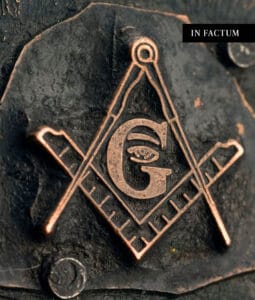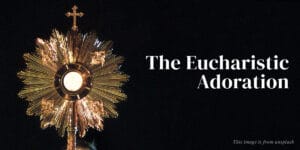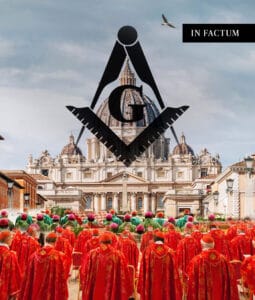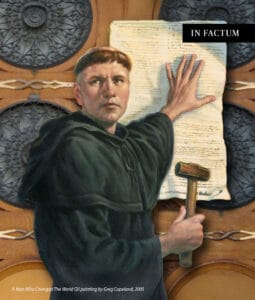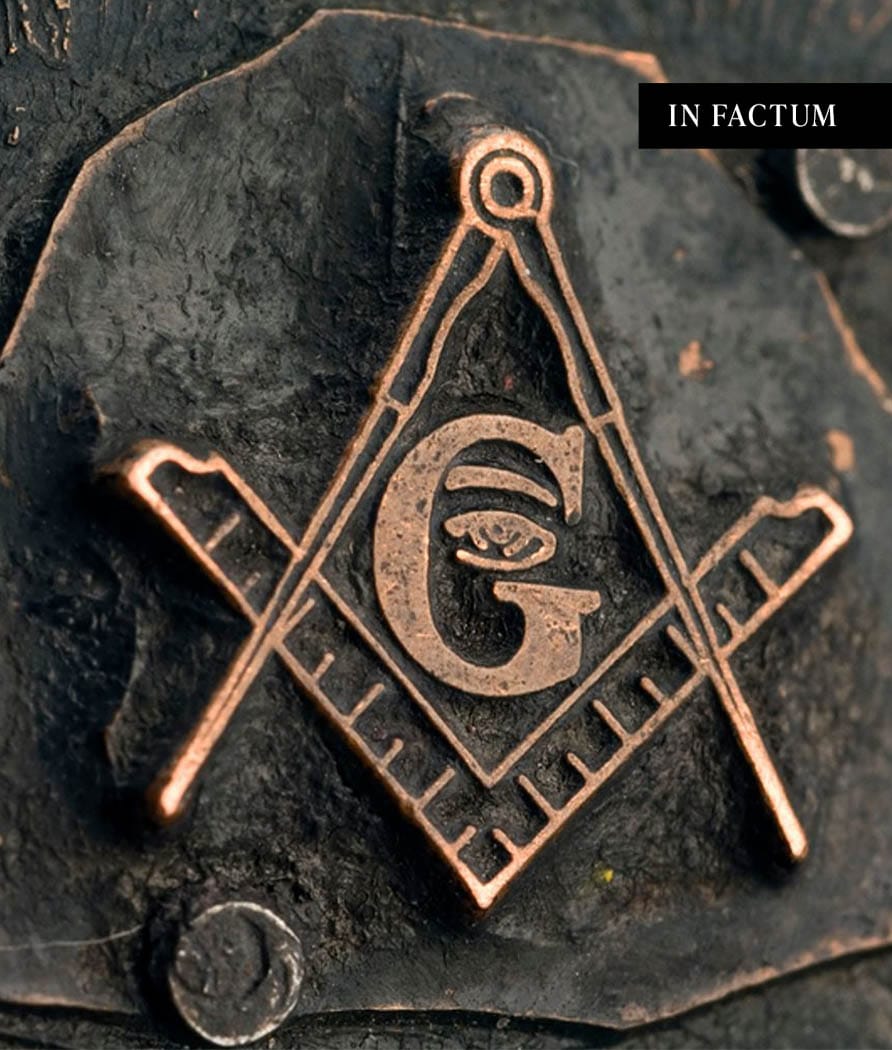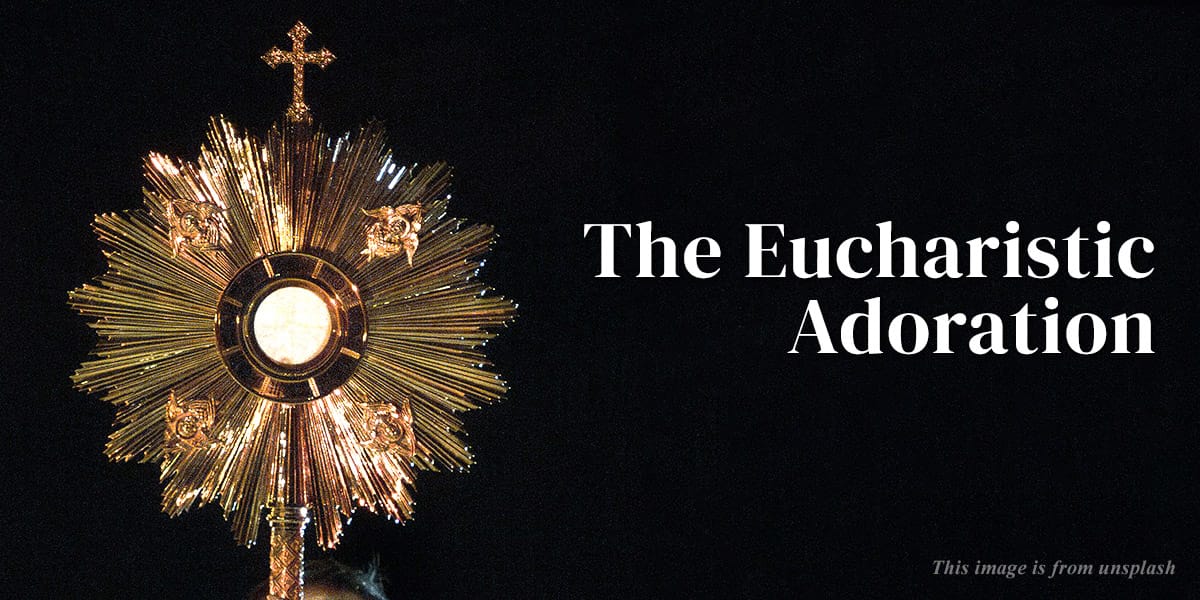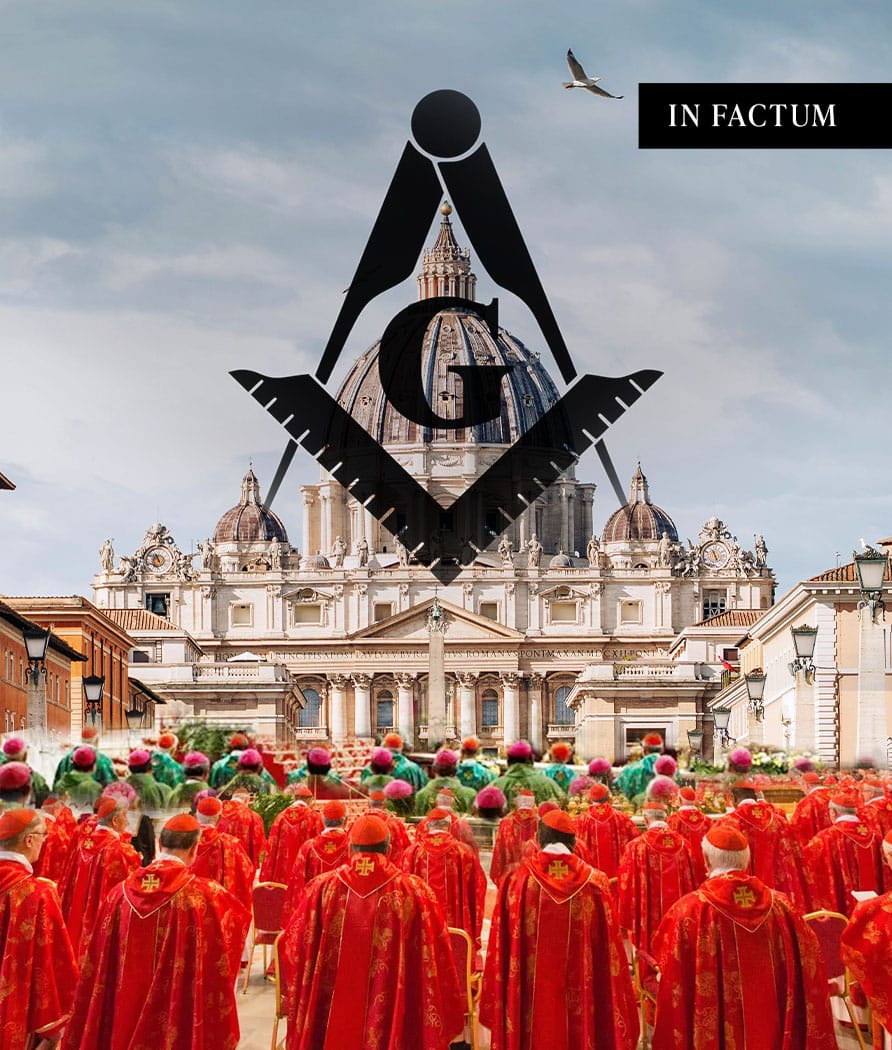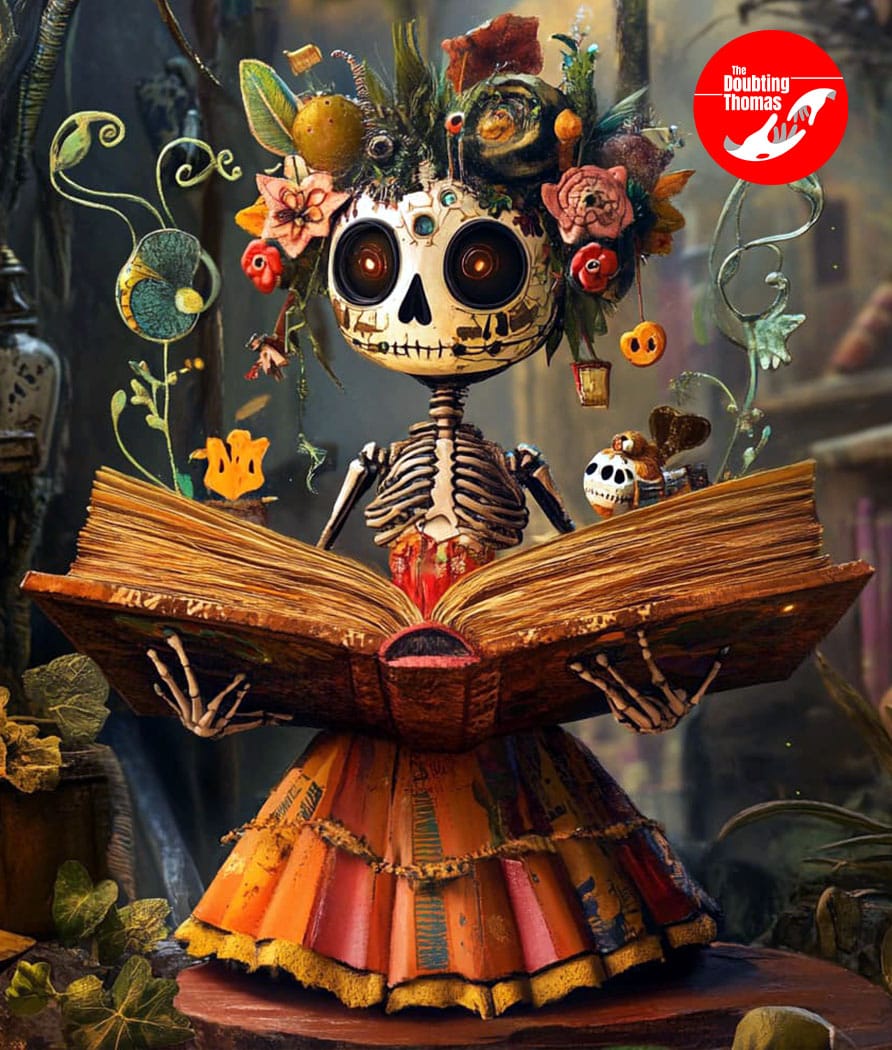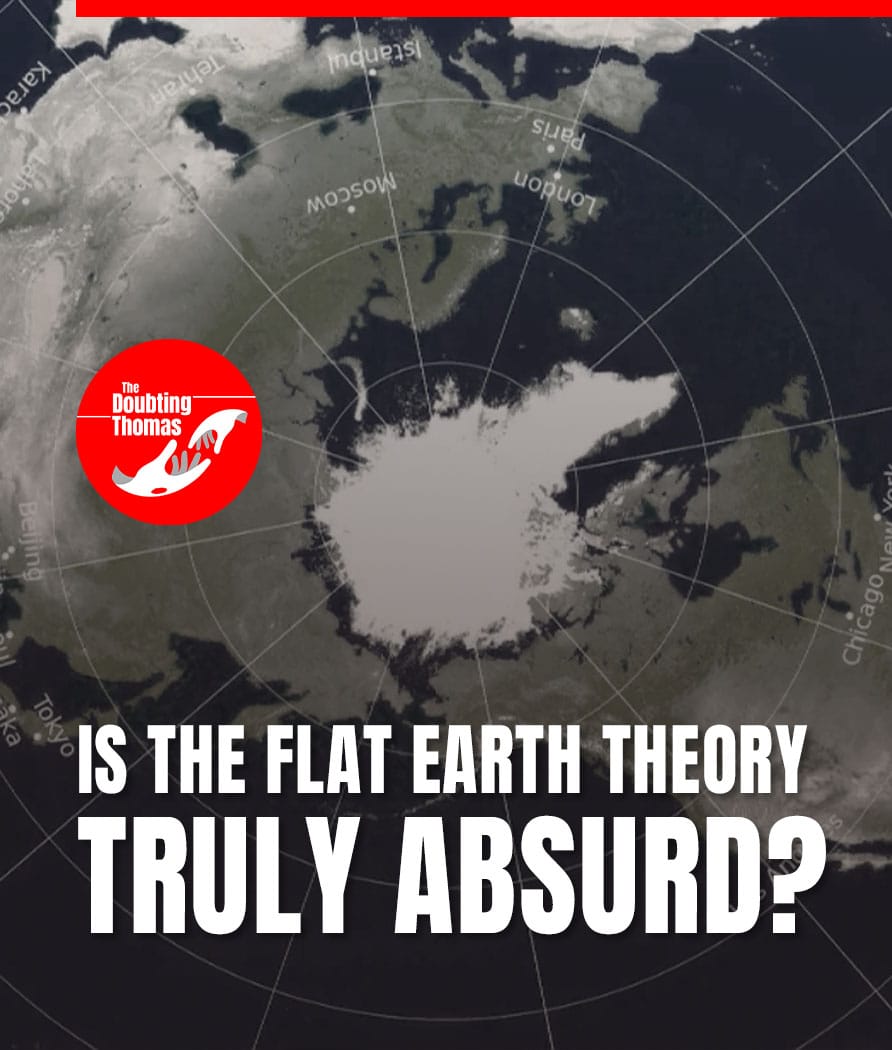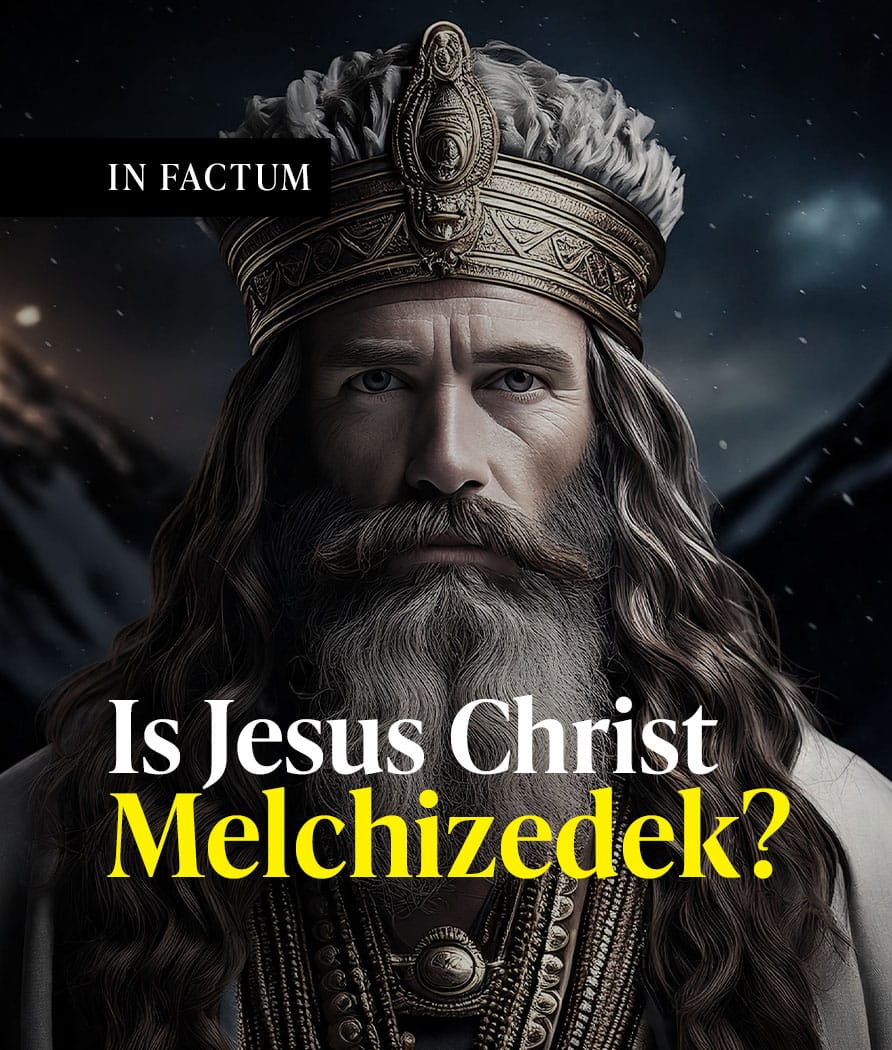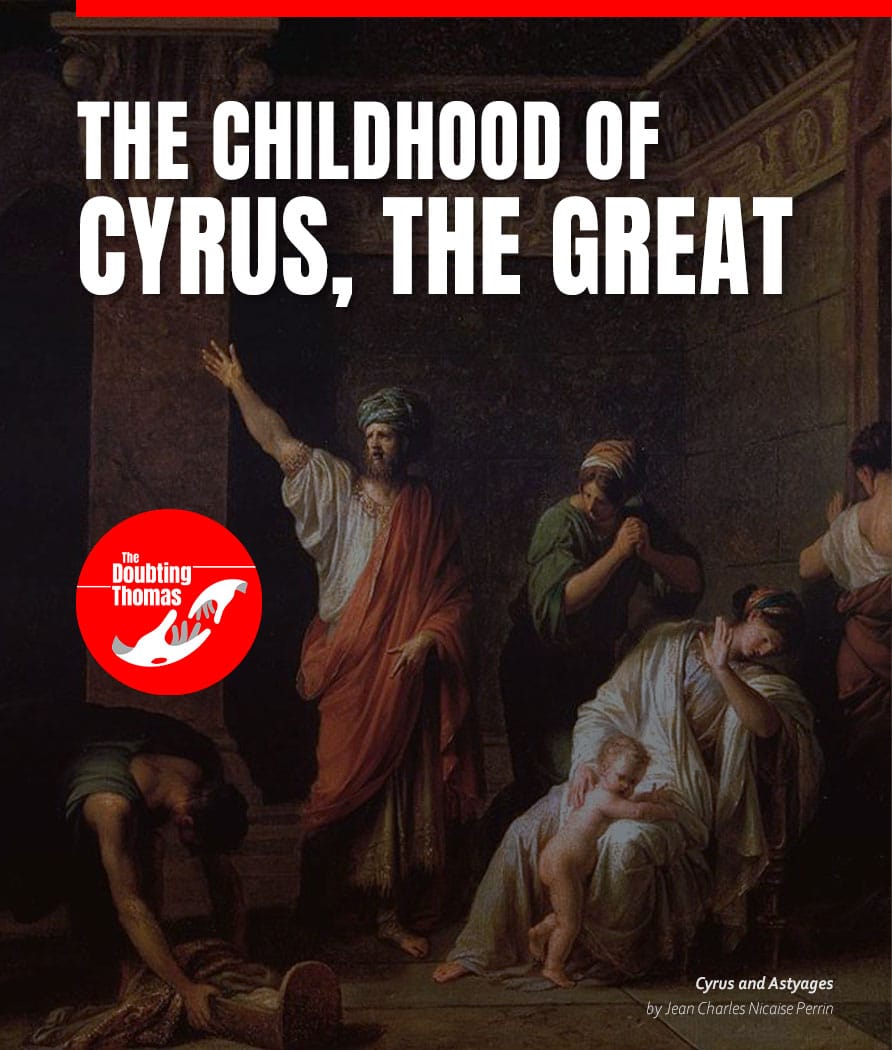Josef Bisig, an SSPX priest, led twelve priests and twelve seminarians to form a new society known as “The Fraternity of St. Peter,” or FSSP. Following the SSPX and FSSP, many priestly societies or communities continued the sacred tradition or the Traditional Rite of the Holy Mass.
Let me pause for a moment to make a note that Sanhedrin.net is not affiliated to the Society of St. Pius X (SSPX), the Fraternity of St. Peter (FSSP) or any Traditional Catholic Societies and communities. But we have the same goal to spread and teach the readers about the Sacred Tradition including the Traditional Latin Mass.
When Vatican II reformed the church, including the Holy Mass, many priests, including the Cardinals, did not agree with the changes, but later agreed on the reformation of the Holy Mass after it was officially implemented. Only Archbishop Marcel Lefebvre and the SSPX kept the Sacred Tradition alive. Following that, many communities, including the Institute of Christ the King Sovereign Priest (ICKSP) and the Institute of the Good Shepherd, followed in the footsteps of the SSPX.
Another community that celebrates the Traditional Latin Mass is the Society of St. Pius V. (SSPV). They were formed by the Nine Priests who left the SSPX because they could not accept Pope John XXIII’s 1962 Roman Missal and did not accept the popes after Pope Pius XII, for which they were labeled as sedevecantists. Archbishop Lefebvre expelled four of the nine priests.
But how do they differ from SSPX? The majority of this community is in full communion with the Vatican and the Pope. Though the SSPX is not in full communion with the Vatican and the Pope, they are still Catholics who recognize the Pope as the leader of the Church and the Vicar of Christ. And they are still considered members of the Catholic Church. While the SSPV does not accept Popes under Vatican II, the SSPX has bishops, whereas other Traditional Societies are under local bishops, the majority of whom are not in favor of the Traditional Rite.
The main question now is whether we can attend Holy Mass in other societies that are in full communion with the Pope but the SSPX is not. NO is the answer. SSPX is still Catholic, and we can attend Holy Mass there. Please attend any Traditional Latin Mass in your area, whether it is an SSPX, FSSP, or any other Traditional Catholic Society, except the SSPV. However, be wary of imposters.
[To be continued]

